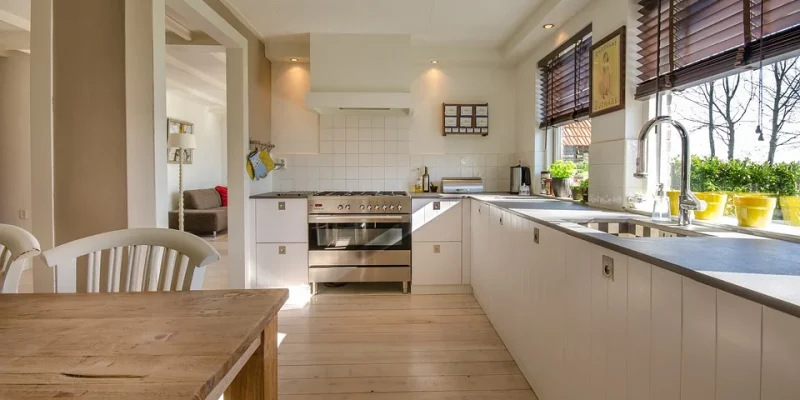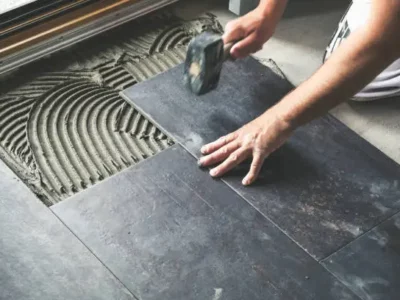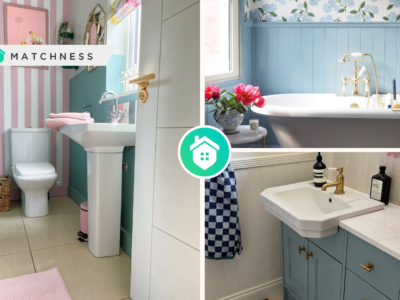Fitting a new kitchen is one of the most transformative changes you can make to your home. After all, it is where you will likely spend the majority of your time (especially if it connects to a wider living space), so making sure it has a ”wow” factor is sure to lift your spirits on a daily basis.
What’s more, because of the basic importance of a good kitchen, if you eventually come to sell your property, then it may add a noticeable amount of value to the price.
However, unlike many other home transformations, fitting a new kitchen doesn’t have to be particularly difficult. In fact, other than technical electrical tasks and any major structural changes, you can do most of the work yourself, making the labor costs relatively affordable.
If you are interested in fitting a new kitchen, then it is worth knowing which order to work in, to prevent any delays, confusion or disruption further down the line.
Here is a brief guide on how to fit a new kitchen.
Plan and wire your lights and plug sockets
One of the most head-scratching tasks you will likely face if you have decided to fit a new kitchen is making sure the electrical work has been done properly. If you are hoping to rearrange the layout of the kitchen, then you may want to put light fittings, plug sockets, and other associated wiring in different places.
This requires a great deal of planning to start off with. You need to think practically about where you might want to place appliances such as a kettle, fridge, freezer, blender, and other electrical items. It will be a source of continual annoyance if you can’t use parts of your countertop because of a lack of plug sockets, so it is worth thinking about how you are going to use your kitchen as you plot a layout.
When it comes to the fitting of wiring and electrical sockets, it is imperative that it is done by a professional, due both to the danger of handling live wires, and the importance that it is reliable. If you want to handle these jobs yourself, then it may be worth training yourself up and looking for electrical engineer jobs MN.
Choose your fixtures and fittings carefully
Once the electrics are taken care of, the next stage will be the installation of the kitchen units and countertop.
It is important to take your time choosing these items because they are expensive and you will be stuck with them for a long time.
Therefore, it is advisable to opt for styles and colors which are relatively ageless, rather than outlandish designs you may grow tired of after a month. Take away samples from various stores and compare them over the course of a few days, to ensure you are happy with whatever you eventually go for.
The actual fitting of these items is not particularly challenging if you are skilled with DIY, but if you have never attempted such a large project then it may be worth bringing in a professional.
Do the work in stages to prevent disruption
Of course, when you are preoccupied with the work itself, it can be easy to forget that you are ripping apart and replacing the engine-room of your property, where people congregate and require its use on a daily basis.
Therefore, it is important to be tactical with the work you do.
You may want to tackle the project in stages (by starting at one end of the room, for instance), to allow use of the rest of the kitchen, rather than gutting the whole room immediately.




















